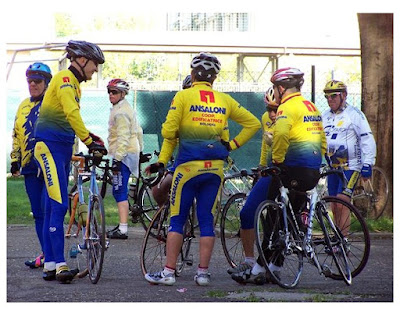The more information I found, the more intrigued I was. Sonali, Roberto, Harisadhan and their children, had all been part of deep emotional cyclone but I was most curious about Sonali. She had two sons, but she could take only one son with her. That must have been terrible for her as a mother. It must have been equally terrible for the son who was left with his father. Kind of Sophie’s choice, except that this was no fiction.
I remember my first journey to Italy in late nineteen seventies. There were very few foreigners living in Italy, there were no Asian shops, no Bengali communities, few who spoke English. How did Sonali fit in there?
All these questions were going around in my head as I searched for answers. I could piece together many things because I could search in English and Italian, as well as some minor sources in Spanish and French that gave crucial information. This search was exclusively through internet. I didn’t find much about the emotional part of this story and perhaps it is better that way since I can imagine that even after all these years, many of these memories must be still very painful for all those who are still alive. Roberto died in 1977. Harisadhan Dasgupta probably died in 1996 or around that. It is not clear if Sonali Rossellini is still alive. Yet their children are around and probably they carry the scars of this event.
Roberto's Journey to India: In 1956, Ingrid Bergam had restarted work in Hollywood with films like Anastasia, for which she received an Oscar and probably her relationship with Roberto was in crisis.
The episodes were: India without myths, Bombay Gateway to India, Architecture & costumes of Bombay, Varsova, Towards the south, Lagoons of Malabar, Kerala, Hirakud dam on river Mahadi, Pandit Nehru & Animals in India.
Sonali Rossellini: Today she would be around 78 years old. Palmira, Roberto’s gardener’s wife says, “Sonali was more solitary compared to Ingrid. However friendship between Ingrid and Roberto remained and even afterwards, Ingrid came with Lars to the villa. At that time, Roberto’s financial situation was not good and the villa belonged to the people who had given credit to Roberto. Ingrid even asked Lars to buy that villa to help Roberto.” Sonali was an aspiring actress when she got married to Harisadhan Dasgupta. She had studied at Shanti Niketan and Bimal Roy’s wife was her aunt.
It was a love story with a happy ending, or so it would seem. Yet, that happy ending was inextricably linked with pain and suffering for many of the protagonists. It would make for a wonderful novel, one of those melodramatic tomes that we feel are so unbelievable.
*****


















